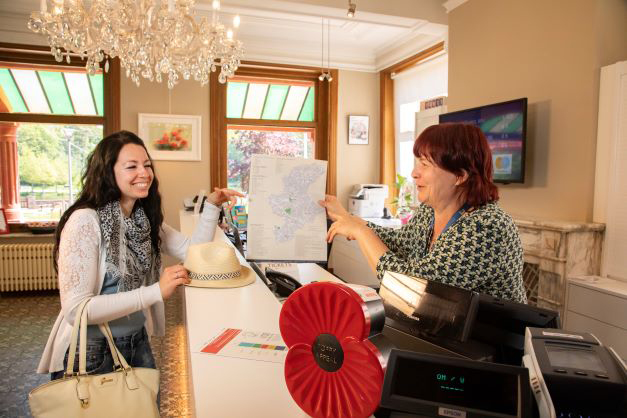With its nearly 12,000 graves and 35,000 names of missing persons, CWGC (Commonwealth War Graves Commission) Tyne Cot Cemetery is the largest Commonwealth cemetery in the world, a silent witness to the Battle of Passchendaele. Originally ‘Tyne Cot’ was a fortified position in the German defence position Flandern I. Australian troops established a medical aid post there in October 1917. The on-site burial of all those who succumbed to their wounds marked the beginning of the cemetery.
Between 1919 and 1921, the cemetery continued to grow to nearly 12,000 graves. Special ‘Exhumation Companies’ bring together fallen soldiers from the surrounding battlefields there. The Memorial to the Missing contains a further 35,000 names of British and Irish killed after 16 August 1917. The New Zealand Memorial to the Missing commemorates the missing New Zealanders who fell in the area in October 1917. Sir Herbert Baker designed the cemetery and it was inaugurated in 1927. Today, the Commonwealth War Graves Commission is responsible for maintaining the cemetery.
Tyne Cot Cemetery visitor centre
Be sure to step inside the visitor centre, which offers a panoramic view of the 1917 battlefield. You will also learn about the history of the cemetery and the landscape before and after the battle. The many personal details of fallen soldiers highlight the human aspect of the war. A visit that will leave no one unmoved. The visitor centre was inaugurated in 2007 by the British Queen Elizabeth II and the then Belgian Queen Paola.
Practical
- Cemetery: open daily from sunrise to sunset
- Visitor centre: daily from 9 a.m. to 6 p.m.
- Admission: free
- Duration of visit: 60 minutes
- Can be done with a guide
- More information CWGC Tyne Cot Cemetery








